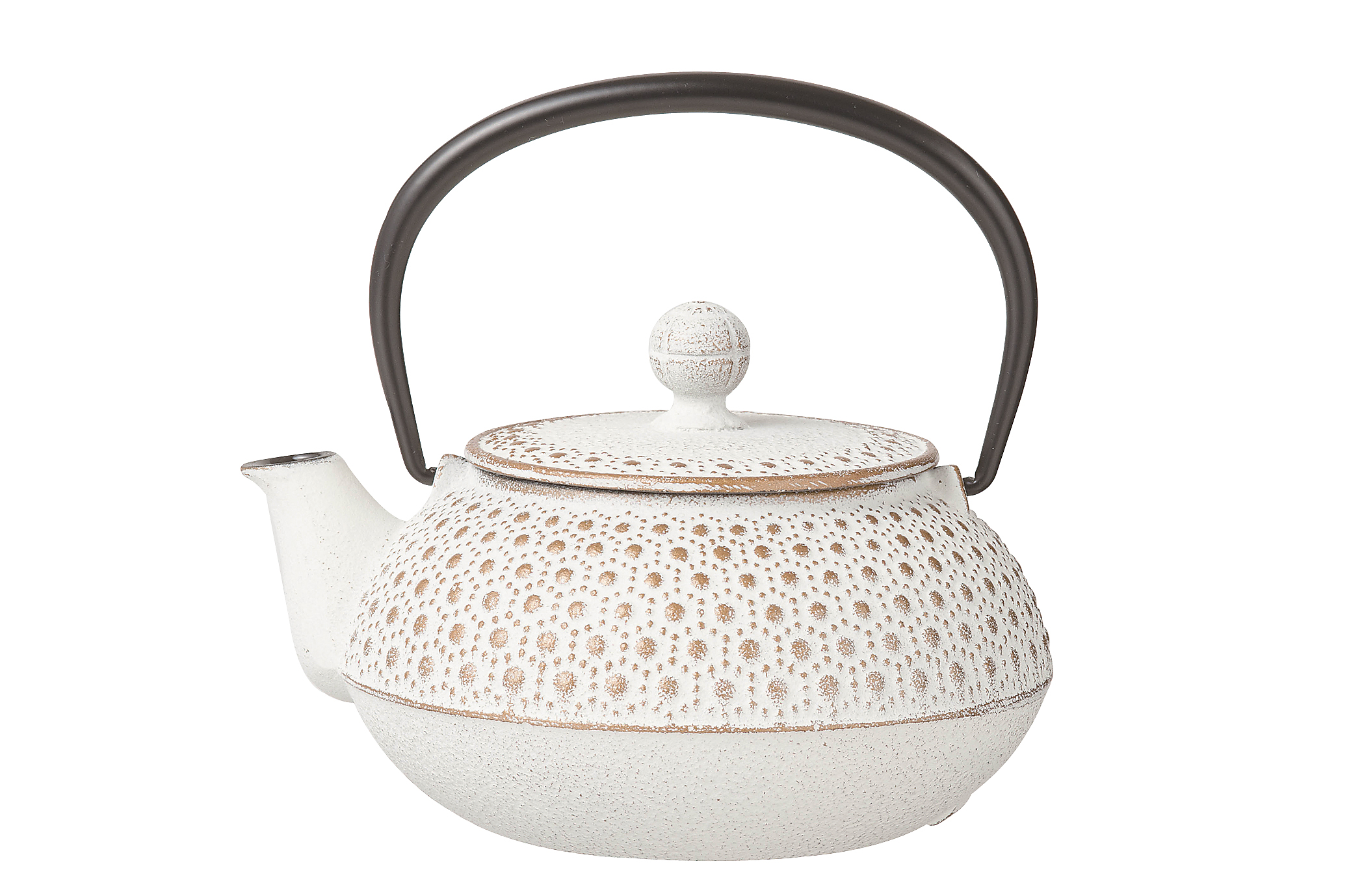Nowadays we seldom think about how the weather impacts on our working patterns, but in the past it was obviously a much more important factor. This was especially true in those areas that experienced bitterly cold winters with heavy snow, like the northern Tohoku region, where people spent long hours indoors and developed habits of slow, steady work to keep themselves occupied (and warm).
In 2012, the "Tema Hima" (Effort/Time) exhibition at Tokyo's 21_21 Design Sight focused on the unique working culture of the region, drawing attention to a wide range of handicrafts, from basket weaving and lacquerware to the preservation of various foodstuffs. These were all activities that, besides producing items of value, also helped to stave off the "cabin fever" that can descend when people are cooped up for too long in the winter months.
These handicrafts even included the casting and finishing of ironware, with one of the region's most famous products being Nambu Tekki, iron goods from the area around Morioka in Iwate Prefecture. In the Edo Period (1603-1868), this was known as Nambu. The "Tema Hima" exhibition included a few examples, but now "Made in Japan: 400 Years of Nambu Tekki Ironware" at the Shiodome Museum presents a more in-depth look at the ironware, which is famous throughout Japan for its quality and handcrafted excellence.



